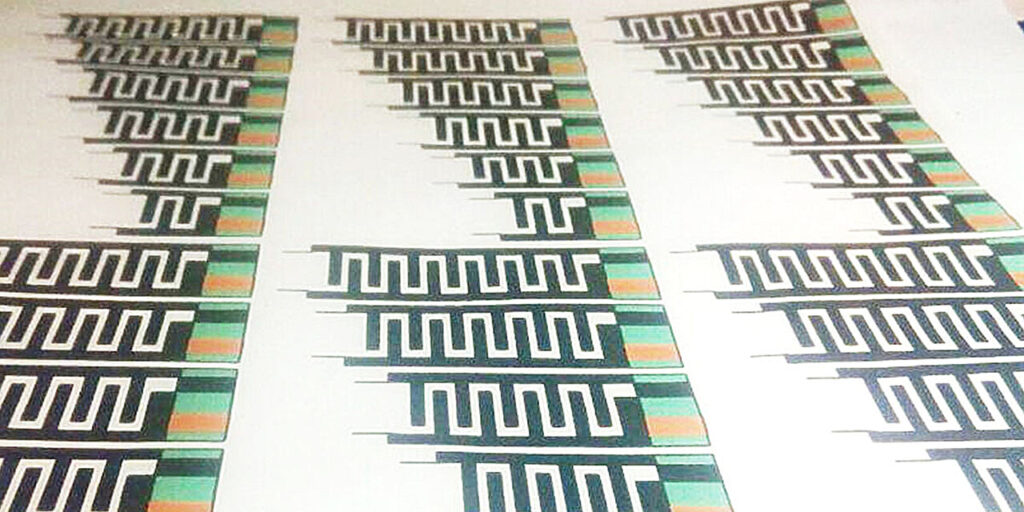In the “Mission: Impossible” films, superspy Ethan Hunt—played by Tom Cruise—gets orders from his superiors on various devices that self-destruct in five seconds. Could electronics disintegrate into nothing in real life? Binghamton University Professor Seokheun “Sean” Choi has researched disposable “papertronics” over the past 20 years, but the hardest part about making so-called transient electronics is the battery.
“Transient electronics can be used for biomedical and environmental applications, but they must disintegrate in a biosafe manner,” said Choi, a faculty member at the Thomas J. Watson College of Engineering and Applied Science’s Department of Electrical and Computer Engineering.
“You don’t want to have toxic residues inside your body. That type of device is called bioresorbable electronics. For transient or bioresorbable electronics, the key challenge is the power source—but most power sources, like lithium-ion batteries, include toxic material.”
Choi and his student research team took lessons from their previous research into biobatteries and applied that knowledge to a new idea.
In a paper published in the journal Small, they show the potential of using probiotics—live microorganisms that offer health benefits when ingested but are otherwise harmless to the environment or humans.

Maedeh Mohammadifar, Ph.D., a graduate of Choi’s Bioelectronics and Microsystems Lab, developed the original dissolvable microbial fuel cell during her time as a Binghamton student.
“We used well-known electricity-producing bacteria, which is within biosafety level 1, so it is safe—but we were not sure what would happen if these bacteria were released into nature,” Choi said. “But whenever I made presentations at conferences, people would ask: ‘So, you are using bacteria? Can we safely use that?'”
Current Ph.D. student Maryam Rezaie led the latest research using a premade blend of 15 probiotics.
“It’s well documented that probiotics are safe and biocompatible, but we were not sure if those probiotics have electricity-producing capability,” Choi said. “There was a question, so she did a lot of experiments on that.”

Early results proved unpromising, he added, but “we didn’t give up. We engineered an electrode surface that might be preferable to the bacteria, using polymer and some nanoparticles to hypothetically improve the electrocatalytic behavior of probiotics and give them a boost.”
The modified electrode was porous and rough, which offered excellent conditions for bacteria to attach and grow, and that improved the microorganisms’ electrogenic capability.
Coating the dissolvable paper with a low pH-sensitive polymer—meaning that it will work only in an acidic environment like a polluted area or the human digestive system—increased the voltage output and the duration that the battery operated.
Although they produced only a small amount of power, Choi looks at the experiments as a proof of concept for him and future students to build on.
“Other research must be done,” he said. “We used probiotic blends, but I want to study individually which ones have the extra electric genes, and how synergistic interactions can improve the power generation. Also, in this research we developed a single unit of a biobattery. I want to contact them in series or parallel to improve the power.”


